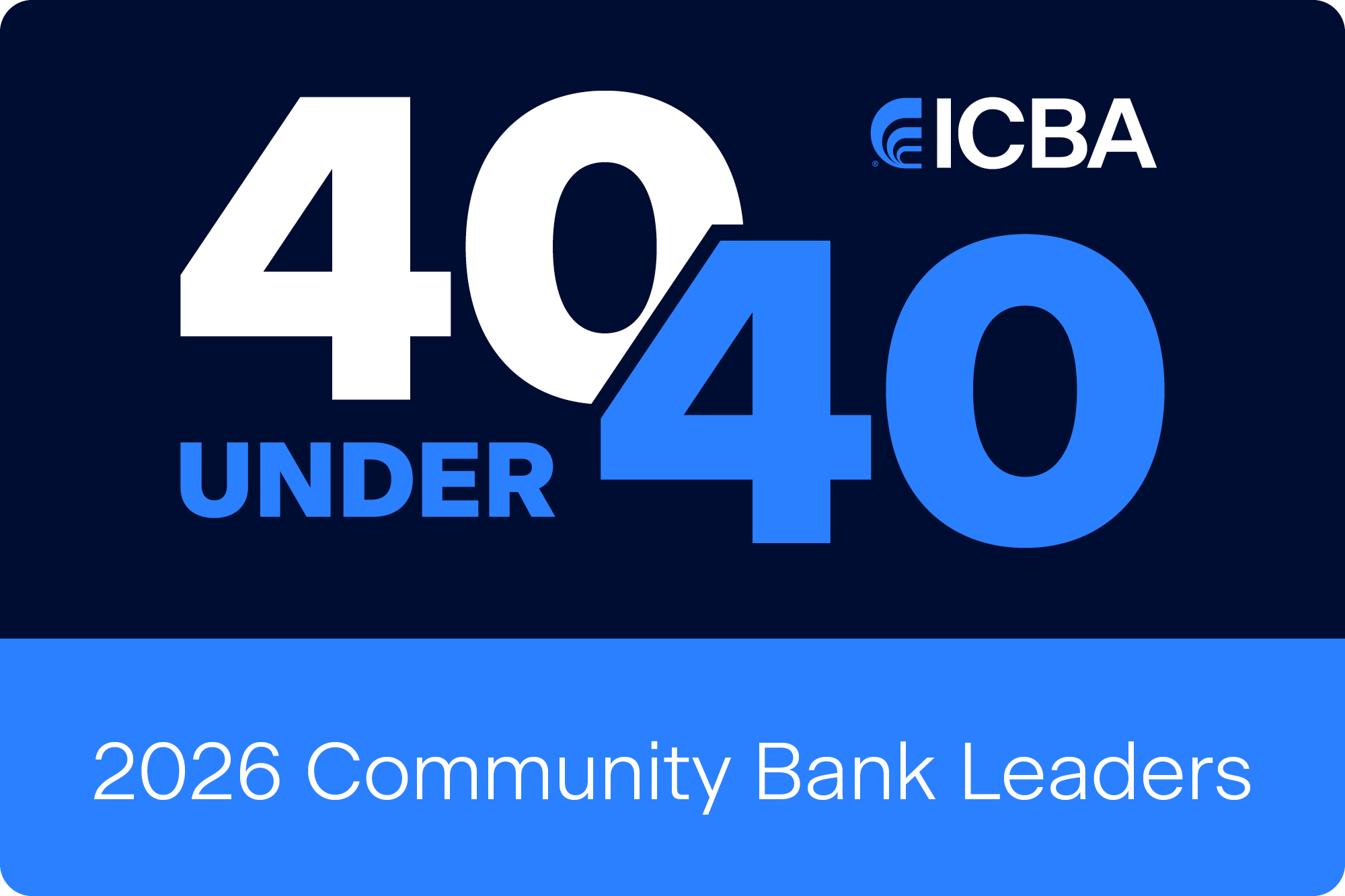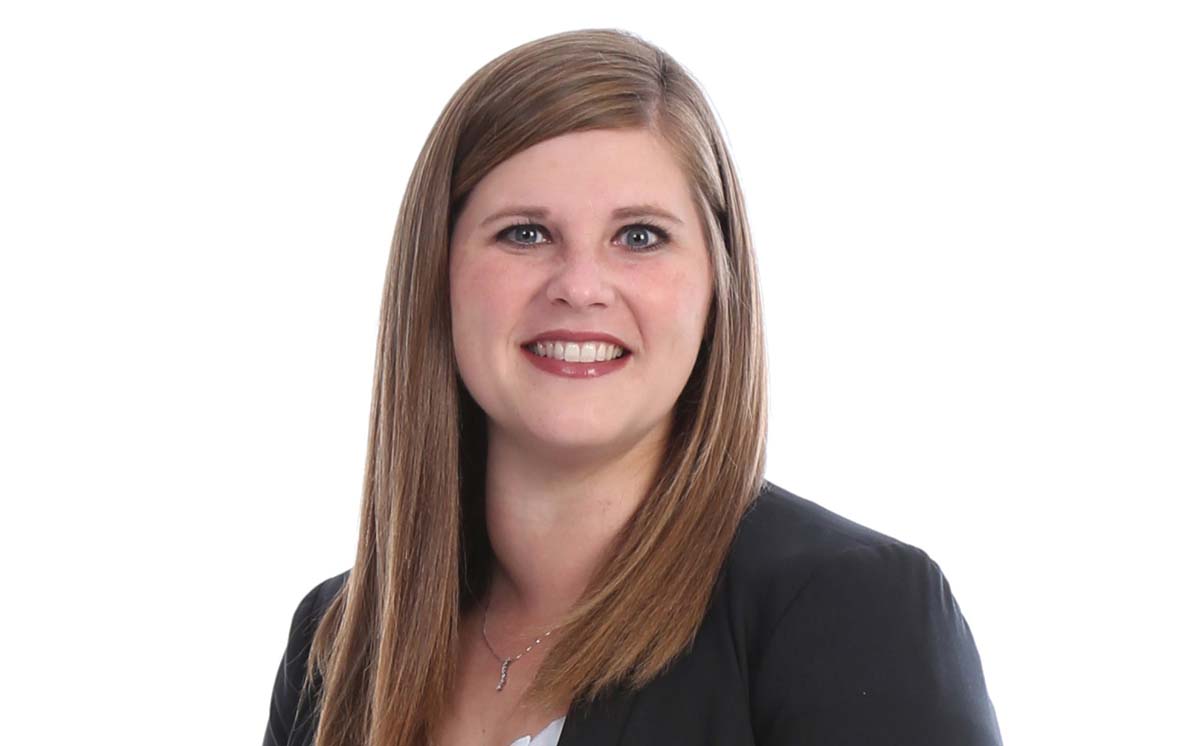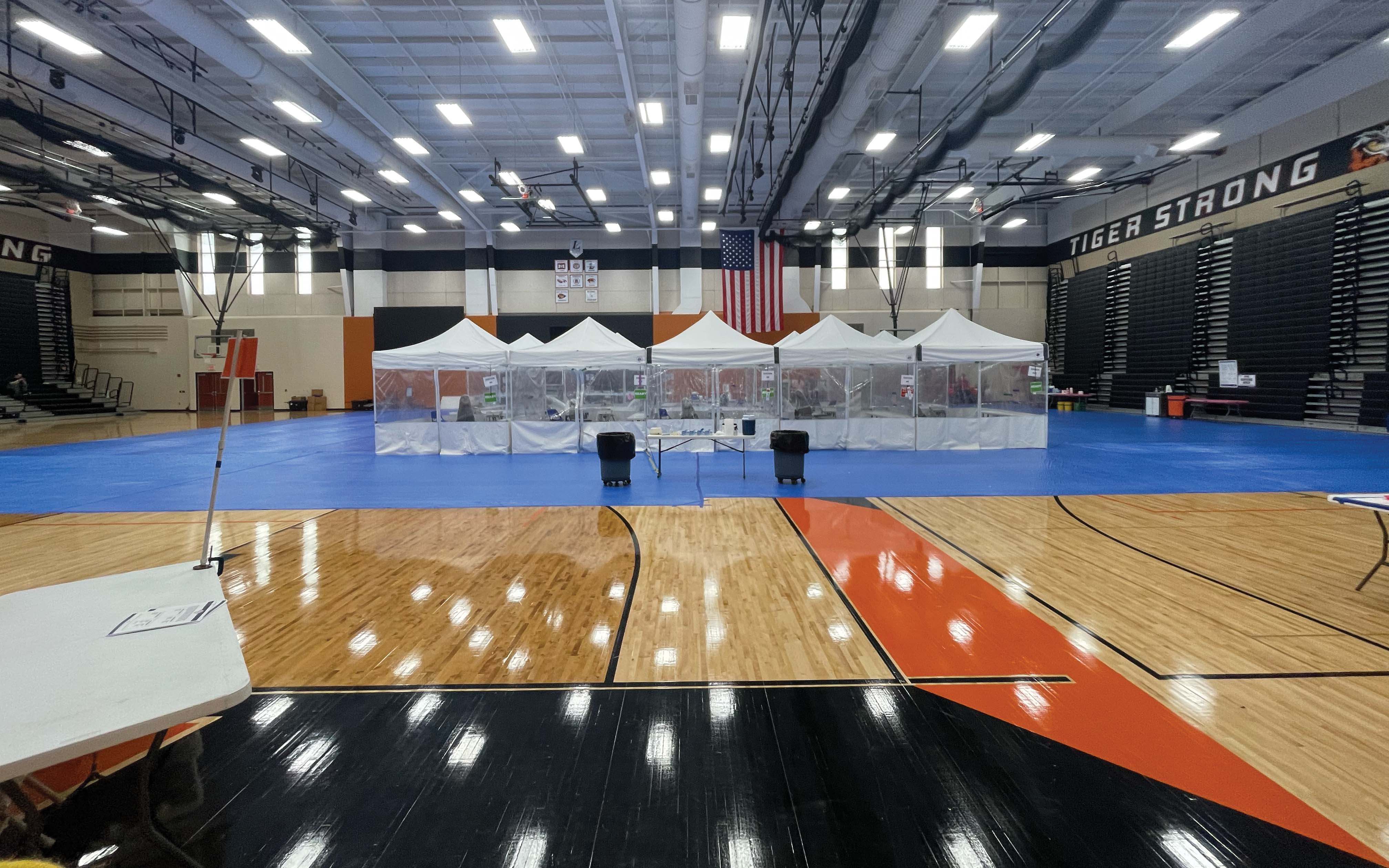With a new digital commercial loan solution, The Killbuck Savings Bank Co. has catapulted its commercial lending and loan origination system into the high-speed digital era.
Digitizing the Commercial Lending Process
January 15, 2024 / By Mindy Charski
With a new digital commercial loan solution, The Killbuck Savings Bank Co. has catapulted its commercial lending and loan origination system into the high-speed digital era.
Name:
The Killbuck Savings Bank Co.
Assets:
$827 million
Location:
Killbuck, Ohio
When Matt Miller was hired as chief lending officer of The Killbuck Savings Bank Co. in Killbuck, Ohio, in 2019, he sought to develop a process that would enable the community bank to handle commercial loan requests more efficiently and seamlessly.
How was he going to do that, exactly? The answer was clear: digitalization. Moving the bank’s manual commercial loan process to an all-digital platform would be a big leap forward for the $827 million-asset community bank.
In June 2021, that goal came to fruition when the bank went fully live with a loan origination system called LoanVantage, a solution from its core provider, Jack Henry.
According to Miller, inside a single system, The Killbuck Savings Bank could finally start a loan application and move it through underwriting, processing, approval and closing before uploading it to the core. No more passing documents around to people to complete their tasks, and no more entering the same information repeatedly in spreadsheets.
“Overall, in my opinion, it’s been a great advancement for our bank,” says Miller, who also serves as the community bank’s senior vice president. Now, he says, the loan process generally moves more expeditiously, which benefits customers.
Notably, when what the executive calls a “loan rush” hit in 2022, the community bank was ready. Loan volume grew 25% that year, with the bulk being commercial loan growth. In fact, Killbuck processed more than 1,000 commercial loans in its digital platform.
But what if the new system hadn’t been in place? Miller is just glad he doesn’t have to think about that. Hiring more people may have been an option, he says, but it’s also possible the bank would have had to turn away applications.
“I would have found it hard to believe that we could have kept up with the volume,” he says. “We would have had to tell people, ‘I just don’t have the capacity to get there,’ and no banker wants to do that.”
“You need to have people who are really committed to making [a digital commercial loan solution] work and moving it forward.”—Matt Miller, The Killbuck Savings Bank Co.
An industry shift toward digitalized commercial lending
While many banks have some form of digitalization for consumer lending—including The Killbuck Savings Bank—things look different on the commercial side.
“The reason is because of the complexity,” says Gary Lewis, managing director of lending and deposits at Jack Henry. “No two commercial deals look the same.”
He says commercial lending is generally the last lending component to be digitalized in a financial institution. Yet across the banking sector, demand for enhancing lending capabilities continues to build. When Jack Henry asked bank CEOs in 2023 about their top strategic priorities for lending over the next two years, 37% indicated “a single, end-to-end loan [origination] platform for consumer, small business and commercial loans.”
Community banks are among the institutions making such investments. “The largest majority of new clients we see are community banks that are moving off of manual processes into a digitalized process,” Lewis says.
Obtaining that competitive edge hasn’t come easy for The Killbuck Savings Bank. Miller says implementing the loan origination system “is not a walk in the park.” The initial build took between four and six months.
He says his bank benefited from supportive senior management and the efforts of a reliable, ambitious team of employees who operate in each slice of the lending process. “You need to have people who are really committed to making it work and moving it forward,” Miller says.
According to Miller, the bank’s contact at Jack Henry who helped with the build became an invaluable asset. The partner was so critical to the process that Miller recommends other banks make a point to ask potential vendors about the experience level of the person who would be assisting them. “You want somebody who knows the system intimately and understands all the ins and outs,” he says.
An exercise in change management
The 123-year-old bank isn’t yet maximizing the capabilities of the platform, since employees are still adjusting to the new process. Moving from a spreadsheet system to a digital platform represents a “radical change” for these employees, and Miller remains mindful of that. “Let’s give them a steady diet of things they can absorb,” he says.
Quick Stat
25%
Growth in The Killbuck Savings Bank Co.’s loan volume in 2022, which was made manageable by its digitalized loan system
For example, although LoanVantage can highly automate the underwriting process, the community bank takes the more conservative approach of handling its own underwriting. In addition, borrowers can’t yet begin the lending process by filling out an online application. They must call or visit a branch, which may suit many of them just fine, since Miller says the bank’s customers tend to be “face-to-face people.”
The Killbuck Savings Bank plans to add functionalities over time, like turning on a borrower-facing interface. It’s also considering “auto-renewing” some loans under certain dollar amounts for existing customers, and it plans to move its consumer loan and mortgage processes onto the platform.
In the end, Miller says one of the biggest challenges of launching a loan origination system is getting buy-in from users. Communicating and empathizing with apprehensive employees has gone a long way. He told them that using new technology would be bumpy for a bit and that “it’s OK to be uncomfortable. It’s OK to not necessarily like it right from the beginning.”
He asked users to give the system a fair try for six months and report back to him, which eased the transition. He says, “Within three months, most everyone was very comfortable using the system.”
Subscribe now
Sign up for the Independent Banker newsletter to receive twice-monthly emails about new issues and must-read content you might have missed.
Sponsored Content
Featured Webinars
Join ICBA Community
Interested in discussing this and other topics? Network with and learn from your peers with the app designed for community bankers.
Subscribe Today
Sign up for Independent Banker eNews to receive twice-monthly emails that alert you when a new issue drops and highlight must-read content you might have missed.
News Watch Today

Join the Conversation with ICBA Community
ICBA Community is an online platform led by community bankers to foster connections, collaborations, and discussions on industry news, best practices, and regulations, while promoting networking, mentorship, and member feedback to guide future initiatives.













